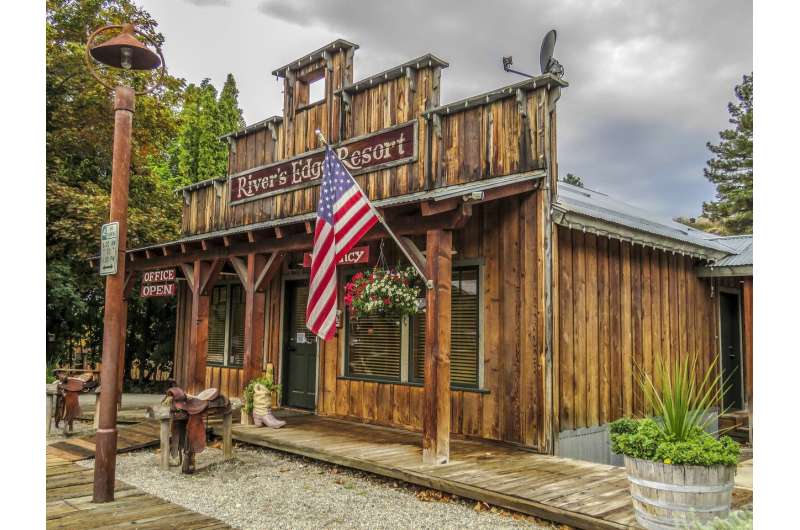National monuments can boost the economy in the American West

A study by Resources for the Future (RFF) researchers, to be published in Science Advances, shows that national monuments have had mostly positive effects on local economies in the American West.
Study authors Margaret Walls, Patrick Lee, and Matthew Ashenfarb highlighted the following key findings:
- After the monuments were designated, the number of nearby business establishments and jobs increased by an average of 10 percent and 8 percent, respectively, compared to "control" areas.
- The boost in businesses and jobs was detected in several service industries, including business services and financial services, as well as the construction industry.
- Natural resource industries that rely on public lands—mining, forestry, and livestock grazing—showed no effect, positive or negative, from the designations. Average wage incomes in areas near monuments were also unaffected.
- Monument detractors often argue that protecting public lands harms local communities by restricting extractive industries and by replacing high-income jobs with low-income ones. The study finds strong evidence to suggest otherwise.
The study examined 14 monuments—protected public lands that contain historic landmarks, historic and prehistoric structures, or objects of historic or scientific interest—established in the eight Mountain West states since 1990. Using a unique set of data and state-of-the-art statistical methods, the authors determined how the monument designations affected nearby jobs, wage income, businesses, and industries. A new article in Resources magazine provides an accessible overview of the study and findings.
"Rural communities in the U.S. are changing and their economies transitioning away from a reliance on resource-dependent industries," the authors state. "Our results suggest that protecting some of these public lands as national monuments does not exacerbate these trends, but rather could even be reversing them and creating a new set of economic forces oriented around the historic, cultural, and scenic amenities these public lands provide."
The study, titled "National Monuments and Economic Growth in the American West," will be published in Science Advances today.
More information: M.A. Walls el al., "National monuments and economic growth in the American West," Science Advances (2020). DOI: 10.1126/sciadv.aay8523 , advances.sciencemag.org/content/6/12/eaay8523
Journal information: Science Advances
Provided by Resources for the Future (RFF)





















